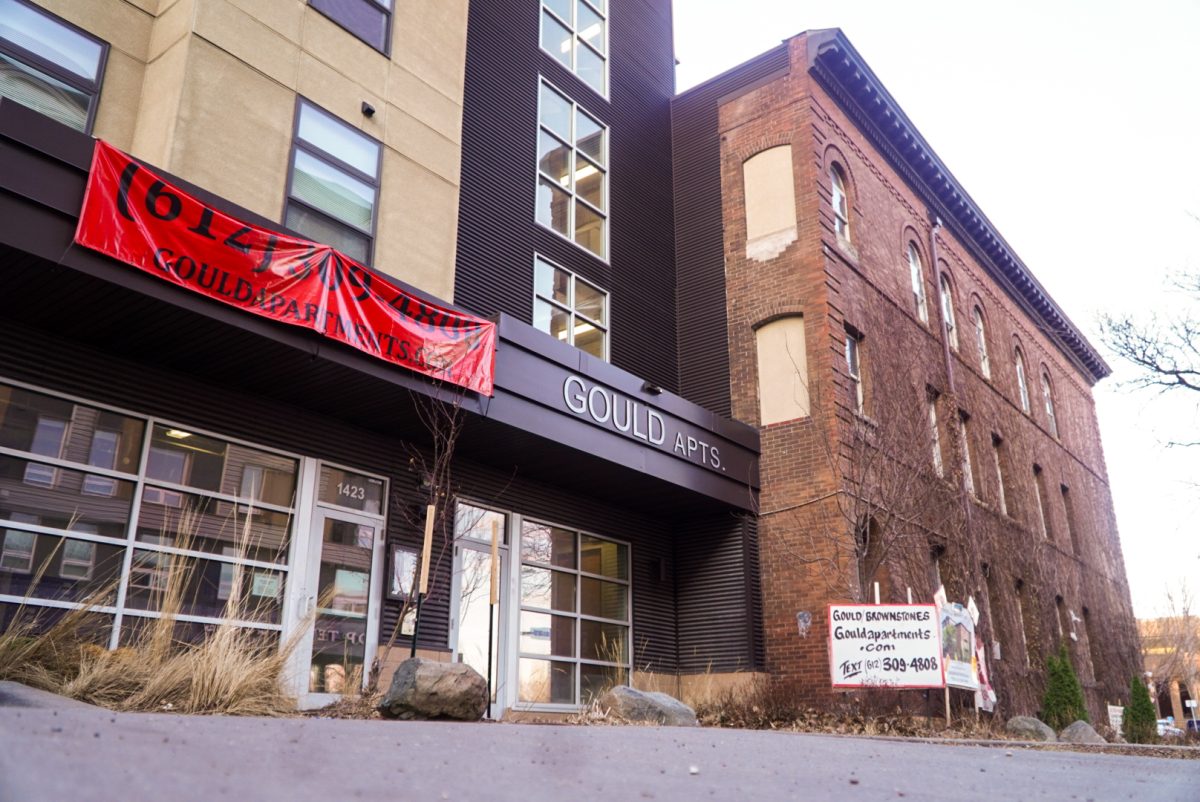Parks and flavored tobacco bans may have helped make the Twin Cities “fittest in the U.S.,” but some question what that title leaves unaddressed.
In a report released earlier this month, Minneapolis, St. Paul and Bloomington ranked first on the American Fitness Index for the first time since 2013, scoring an 80.2 out of 100.
Several health experts said city and state-wide health and fitness initiatives helped the Twin Cities edge out Washington D.C. for first place. Still, some experts questioned whether the ranking provides a full picture of health in the cities.

Walter Thompson, chair of the AFI Advisory Board, said the Twin Cities and Washington, D.C. areas vie each year for first place and score far ahead of others in terms of environmental and community factors, which the index considers when ranking.
“If I want to be physically active, does my environment support that?” Thompson said. “In Minneapolis and D.C., the answer is yes.”Both cities pulled ahead because fitness areas are funded and accessible, Thompson said. Minneapolis, for example, invested $211 per capita in parks last year, surpassing the AFI’s $110 suggestion.
Anne Barry, Ramsey County public health director, said the ranking reflects the positive influence of various city and state-wide initiatives like new bike and walking paths.
Recent anti-tobacco and healthy eating legislation also may have helped Minneapolis beat out D.C. this year, said the Minneapolis Health Department Commissioner Gretchen Musicant.
Thompson said despite the ranking, the Twin Cities still has a long way to go to be healthier.
While a score of 80.2 is the highest in the country, it’s still a B- grade and the Cities can improve with more health-conscious public policies, Thompson said.
The ranking also might not accurately reflect the experience of everyone in the Twin Cities, Barry said.
“What it doesn’t tell us about is some of the disparities that exist for people of color and American Indian communities,” Barry said.
She said many key personal health indicators like obesity, smoking and death rates vary widely across the Twin Cities’ demographics.
“Whenever I see we’re number one on something,” Barry said, “I want to look underneath it to say, ‘well, are we really number one if we have some of the worst disparities?’”
Like Barry, Musicant said the ranking may gloss over underserved populations in the Twin Cities, her department is trying to address this with nontraditional health initiatives.
Kristen Klingler, senior public health specialist at the Minneapolis Health Department, said the department is addressing these social conditions by working with other departments to ensure the health of a community is considered before going forward with any initiatives or policies.
“We have a growing understanding that health is influenced by things we do and opportunities around us,” Musicant said, “But even more so by access to stable housing and other social conditions. We are trying to focus on social conditions.”
Barry said Ramsey County wants to focus on working directly with community members to identify areas of need.
“The people are in the better position to tell us” how they are impacted by city initiatives, she said.







